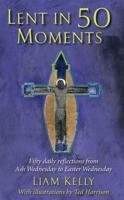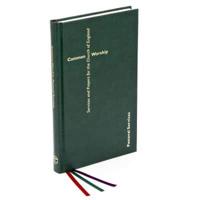Publisher's Synopsis
Sharing the Good News might be understood as the prime directive of the Church from its earliest times, but the Church soon discovered unforeseen obstacles and its own set of temptations, including its lust for power and domination. Although the gospel might be joyfully offered, it was not always received in the same spirit. And the Church was not always gracious with dissent and criticism. Even so, it continues to reach out to the least, the last, and the lost-attempting to bring them into the family of God. But for mission to be effective today, it must take advantage of indigenous resources and recognize its limitations as well as its gifts. This book broadly introduces prominent missionary practices and major historical figures using three perspectives. First, it takes into account the missionary activity proceeding from the margins rather than only discussing the center of theological and ecclesial activity. Second, it narrates the cross-cultural, cross-confessional, and cross-religious dynamics that characterize Christian missionary activity. And third, it emphasizes that much missionary activity is generated by national rather than international missionaries. The text concludes with a chapter on the postmodern and postcolonial world.










